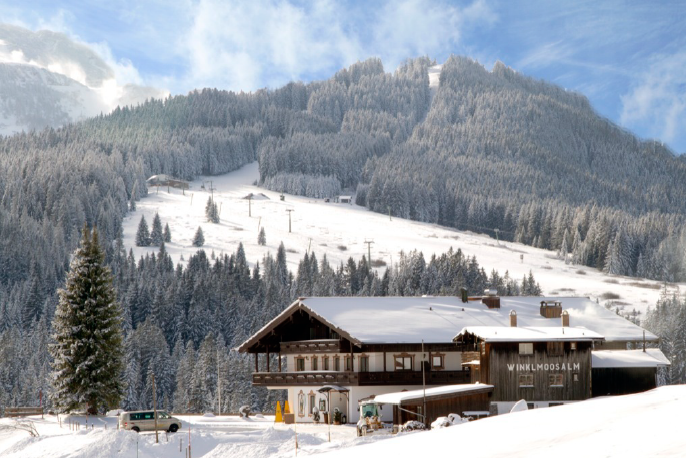Speaker
Description
BiTeI is a layered semiconductor without inversion symmetry. Strong spin-orbit coupling leads to a giant Rashba-splitting of the BiTeI surface and bulk bands. In general, semiconductors exhibit longer excited carrier lifetimes than metals and are thus favorable for spintronic applications. Crystalline BiTeI is known to cleave along the van-der-Waals-bonded layers of Te and I. This results in either Te- or I-terminated surfaces depending on the orientation of the crystal. For freshly cleaved samples we find a mixture of both terminations, which host surface states of either donor or acceptor character. Due to the concomitant down- and upward band bending the photoemission signal of both surface states unfavorably overlap. After one-day storage at a pressure of $10^{-9}$ mbar we clearly observe, as a bugaboo for all surface scientist, the surface band-structure of the Te-termination. This is attributed to the higher reactivity of the I-terminated surface, lifting its band bending upon rest-gas absorption [1].
In time-resolved photoelectron spectroscopy using an angle-resolving time-of-flight spectrometer, we measured the population dynamics of excited carriers in pure and Mn-doped BiTeI. Applying a 6.2-eV probe pulse, we monitor the Rashba-split surface state and conduction band on the Te-terminated surface. Its surface state has a nearly isotropic free-electron-like dispersion with positive effective mass. Excitation with a 1.5-eV pump pulse generates hot electrons with picosecond lifetimes $\tau$, which show a Fermi-liquid-like behavior $\tau \sim (E - E_F)^{-2}$. Moreover, for higher laser fluence we observe an increase of the electron lifetime which scales with the laser fluence and thus density $n$ of excited electrons as $\sim n^{5/6}$. The lifetimes of electrons do not depend on the sample temperature ($50$ vs $300$ K).
In contrast, we find a very different behavior of the photohole. Their lifetimes do not follow Fermi-liquid theory, are rather constant, overall smaller than corresponding electron lifetimes, and show a clear temperature dependence. We attribute this behavior to field currents and/or the opening of an additional plasmon-emission channel as proposed in Ref. [2].
[1] S. Fiedler, L. El-Kareh, S. V. Eremeev, O. E. Tereshchenko, C. Seibel, P. Lutz, K. A. Kokh, E. V. Chulkov, T. V. Kuznetsova, V. I. Grebennikov, H. Bentmann, M. Bode, F. Reinert, New J. Phys. 16, 075013 (2014).
[2] S. V. Eremeev, I. A. Nechaev, and E. V. Chulkov, JETP Letters 96, 437 (2012).

